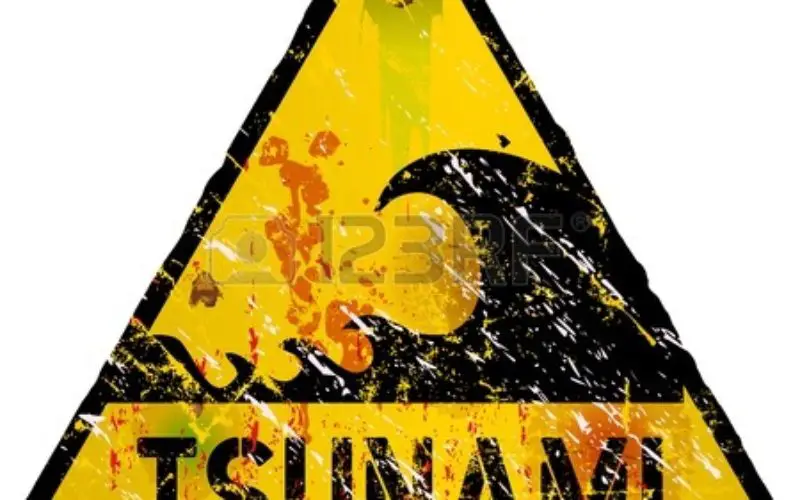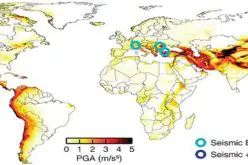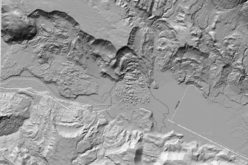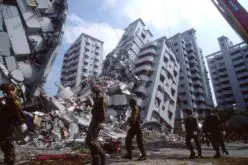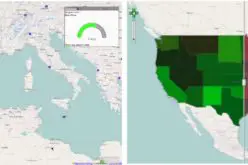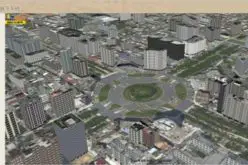Tens of thousands of people along the U.S. Pacific Northwest coastline may not have enough time to evacuate low-lying areas before tsunami waves arrive, according to a new publication by researchers at the U.S. Geological Survey, University of Colorado Boulder, and California State University, Sacramento.

The city of Nehalem, Washington, shown with the internationally-adopted tsunami-evacuation sign.
PORTLAND, Ore. — Tens of thousands of people along the U.S. Pacific Northwest coastline may not have enough time to evacuate low-lying areas before tsunami waves arrive, according to a new publication by researchers at the U.S. Geological Survey, University of Colorado Boulder, and California State University, Sacramento.
“All coastal communities in the U.S. Pacific Northwest are vulnerable to varying degrees to tsunami hazards from a Cascadia subduction zone earthquake,” said Dr. Nathan Wood, lead author of the study and scientist with the USGS. “Having a better sense of how a community is specifically vulnerable provides officials with the ability to develop outreach, preparedness, and evacuation plans that are tailored to local conditions and needs.”
The authors detail their findings in the scientific journal “Proceedings of the National Academy of Sciences.” They examined the 49 cities, seven tribal reservations, and 17 counties from northern California through northern Washington that are directly threatened by tsunami waves that could be generated by a future Cascadia subduction zone earthquake. The scientists evaluated the number of people or businesses exposed to tsunami hazards, as well as demographics and evacuation time by foot for each of these communities.
In their analysis, scientists found that coastal communities fell into one of three groups differentiated by the size of their population and the time it would take to safely evacuate people. Communities in the first group have relatively small populations in tsunami hazard zones and likely have sufficient time to evacuate, suggesting the need for tsunami education. A second group of communities has large populations in tsunami-hazard zones and likely will have sufficient time to evacuate if people are able to move quickly, suggesting a need for evacuation training. The third group of communities has moderate-sized populations in tsunami hazard zones, but insufficient time for everyone to evacuate before wave arrival, suggesting the need for solutions such as vertical-evacuation refuges.
“This new research confirms the underlying need for continuing the important public education efforts to ensure coastal residents know how to reach safety in the event of a tsunami,” said John Schelling, Earthquake & Tsunami Program Manager for the Washington Military Department’s Emergency Management Division. “Perhaps more importantly, this research confirms the need for continued implementation of the multi-agency collaboration known as “Project Safe Haven” and ensuring communities on the Washington Coast have tsunami vertical evacuation refuges, from which to escape a tsunami.”
“Identifying communities with similar tsunami hazard vulnerabilities will build a regional network among officials to share success stories of risk reduction and create opportunities for collaboration,” said Wood. “Our goal was to provide officials with actionable information for saving lives with community-specific interventions.”
The full study, “Community clusters of tsunami vulnerability in the U.S. Pacific Northwest,” is available online from the journal publisher.
The USGS is leading studies of community vulnerability to various natural hazards through its Land Change Science Program. For further information on this study and other current projects across the United States, visit the USGS Risk and Vulnerability to Natural Hazards project.


